Art & Mathematics, a historical perspective
A brief overview of Geometric Abstraction:
The interplay between Art & Mathematics (Geometry)
On Mathematics: (from Greek μάθημα máthēma “knowledge, study, learning”) is the study of quantity, space, structure, and change. Mathematicians seek out patterns and formulate new conjectures…
Mathematics & Art have the same origins in thought and imagination; they are both crafts which require dedication, inspiration and creativity. They are also techniques which have to be worked at relentlessly. They have been the subject of many studies, best represented by the magnificent Italian Renaissance Fresco “The School of Athens”, by Raphaël, decorating the “Stanza della Segnatura” at the Vatican. In this mural scene, where great thinkers throughout the history of humanity are brought together on one stage, one can see the interplay between art & mathematics: Euclid is represented in the lower right hand corner, with his Elements of geometry, and students carefully looking over his lesson.
The School of Athens, Raphaël, Stanza della Segnatura, Vatican
Plato standing in the center of this magnificent fresco, holds the “Timaeus” expounding his views on transcendence and theory of forms, whereby absolute reality is based on pure geometrical forms, and abstract ideas.
According to Plato, “Forms” were properties or essences of things, treated as non-material abstract, but substantial, entities. They were eternal, changeless, supremely real, and independent of ordinary objects which had their being and properties by ‘participating’ in them (from “Wisdom Supreme“).
Most important of which are the so called “Platonic Solids”, numbered at five, which are 3-Dimensional geometric solids (regular convex polyhedron). For more on polyhedron, polytopes, and the tesseract.
Aristotle holding the “Nicomachean Ethics”, also at the center of the fresco, side by side with his teacher Plato, is somewhat in opposition to this point of view, as he values practical wisdom (phronesis) over sheer intellectual wisdom (sophia). The represention of his belief in knowledge through empirical observation and experience is depicted by his right palm towards the ground:
“Whereas young people become accomplished in geometry and mathematics, and wise within these limits, prudent young people do not seem to be found. The reason is that prudence is concerned with particulars as well as universals, and particulars become known from experience, but a young person lacks experience, since some length of time is needed to produce it…” (Nicomachean Ethics, 1142 a).
For more on the idea of transcendence in Plato and Aristotle, read:
- “Aristotle’s Analysis of Change and Plato’s Theory of Transcendent Ideas”, by Chung-Hwan Chen, in Phronesis, Vol. 20, No. 2 (1975), pp. 129-145.
- “A History of Ancient Philosophy: Plato and Aristotle”, by Giovanni Reale, John R. Catan, 1990, pp. 47-64.
- “The Presence of the Paradigm: Immanence and Transcendence in Plato’s Theory of Forms”, Eric D. Perl, The Review of Metaphysics, Vol. 53, No. 2 (Dec. 1999), pp. 339-362.
The two central figures also define a basis for the foundation of knowledge, human thought, philosophy, for all of mankind. Their extended arms, Plato’s towards the skies, and Aristotle’s horizontal extension, palm facing down, also form an orthogonal basis, in such a way that they define both a pictorial and mathematical frame of reference:
Plato’s face is actually Leonardo da Vinci’s, who illustrated Luca Pacioli’s mathematical work entitled ‘De divina proportione’, or ‘Divine Proportions’. The subject was mathematical and artistic proportion, especially the mathematics of the golden ratio $latex \varphi = 2 \cos(\pi/5) = (1+\sqrt{5})/2 \approx 1.618$, and its application to art and architecture. Leonardo da Vinci drew the illustrations of the regular solids in ‘De divina proportione’, while he took mathematics lessons from Pacioli. This remarkable irrational and algebraic number is the only positive number that has the property that multiplied with itself amounts to adding (the number) one to it: $latex \varphi^2 = \varphi + 1$.
There is an intimate relation between the Golden Ratio and Fibonacci numbers. For a historical overiew and miconceptions of the usage of the golden ratio, please read the article “Misconceptions about the Golden Ratio” by George Markowsky. Another worthwhile, more accessible publication on the topic: “The Golden Ratio: The Story of Phi, the World’s Most Astonishing Number“, by Mario Livio.
Additionally, because of the intimate relation between certain Platonic Solids, their Symmetry Groups, and the Golden Ratio, some of the most intricate 4-Dimensional models of the Universe based on such symmetric transformations are almost entirely described by $latex \varphi$. For more details, please read the corresponding section entitled “Cosmology and the Golden Ratio“.
Islamic Art, since the 7th century AD, is also one of the original forms of geometric abstraction:
Bowl, 12th–13th century – Ghaznavid – Afghanistan
For more details on Islamic Art and Geometric abstraction, please see the following links:
An interesting fact underlying Islam (and pre-islamic cults) lies in the geometry associated with the concept of the “Tawaf“, or circumambulation of the Kaaba cube at Mecca, during the holy pilgrimage of the “Hajj” and the “Umra“. The geometric figure described by the combination of the human motion and the architecture of this sacred stone is that of the spherical cube:
Circumambulation (or Tawaf) of the Kaaba at Mecca
Da Vinci’s Vitruvian Man and the Spherical Cube:
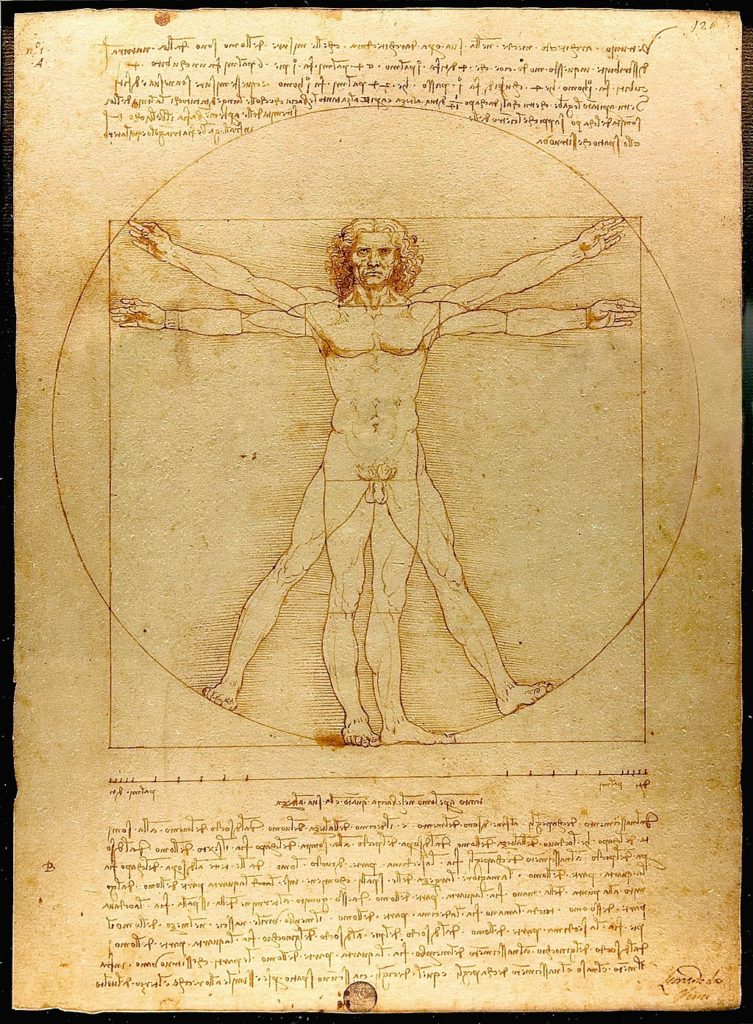
Then came the revolution of the 20th century abstraction, and the revival for mathematics and geometry as a subject for fine arts. Mondrian believed that mathematics and art were closely connected. He used the simplest geometrical shapes and primary colors (blue, red, yellow), used in the logo of a well known search engine. It is believed that he often used the Golden Ratio in the elaboration of some of his works.

Composition in Red, Yellow, and Blue – Piet Mondrian – (1926)
Mondrian’s point of view lies in the fact that it shape is possible to create any object with basic geometric shapes as well as any color can be created with different combinations of red, blue, and yellow. For more on Mondrian, Music and Mathematics, see the french article “POETIQUE DE MONDRIAN : LA MUSIQUE D’AVANT TOUTE CHOSE“.
50 years later, this is mathematically formalized in numerical methods such as finite element methods, where a finite number of similar geometric elements (i.e. squares, or triangles), of different sizes, approximate a certain region (2D, 3D, …):

Unfitted Finite Element Method – 3d “Deco-Cube”
Wassily Kandinsky, and more notably László Moholy-Nagy, both early participants and teachers at the Architecture / Social / Design school of the German Bauhaus set in Weimar and then Dessau, were also adepts of using basic geometric figures as the fundamental blocks of their art work:

Composition VIII (1923) – Wassily Kandinsky
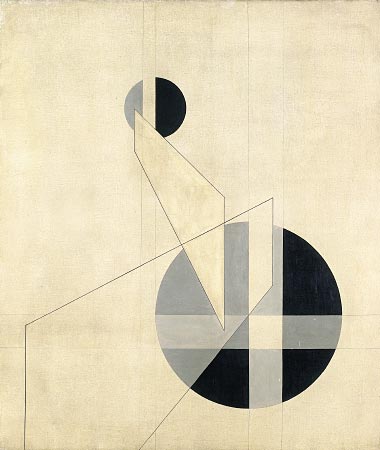
László Moholy-Nagy, Composition A.XX, 1924, oil on canvas, 135.5 x 115cm (Musée national d’art moderne, Centre Georges Pompidou, Paris)
Clearly there are many uses of simple geometric figures in Cubism, Surrealism and Metaphysical Art (see Giorgio de Chirico), and I will note of one particularly less known surrealist painter, the American artist Kay Sage, companion of French leading surrealist painter Yves Tanguy.

I saw three cities – Kay Sage, 1944 (Princeton University Museum)
In this late composition of Kay Sage, we see an interesting mix of free-flowing curves, and still geometric shapes, creating a deep sense of perspective into a line of no-escape, where surrealism and metaphysics converge in the realm of pure ideas, beyond the physical world.
The organized or structured surrealist art of Kay Sage is one step removed from total abstraction, where abstract geometric objects give rise to matter. For those somewhat versed in astrophysics, this not too far removed from Einstein’s general theory of relativity, where mass and energy are related to the geometry of the underlying space, also in the spirit of the Platonic theory of form, whereby ideal geometric shapes (and ideas) take precedence over the physical world.
Another closely related 20th Century Hungarian artist, founder of the Op Art movement, also makes use of simple geometrical shapes to create optical illusions, and mesmerizing works. He was especially interested in the concept of the spherical cube.
Victor Vasarely, Vega Nor Improvisation
The spherical cube, perhaps the mathematical and geometrical reference that has been most used by artists throughout times, starting with Leonardo da Vinci with the drawing of the Vitruvian man. It may also be found in another very popular art style from the orient, Mandalas, and more specifically those of Tibetan origin. Mandalas are Buddhist icons using sacred geometry and symbols. The philosophy of sacred geometry is symmetry, balance, and relations among basic geometric forms that picture the cosmology of the universe.
A contemporary art piece centered on the Buddhist theory of the transmigratrion of the soul, also appealing to sacred geometry and spherical cubes, by Namgoong, Whan:
The Portrait of Transmigrating Multi-Morphologies
There is an additional relation between sacred geometry, spherical cubes, and today’s higher dimensional models of cosmology. See the article on cosmology and platonic solids. Many artists have since used the spherical cube, see for example the mathematician turned artist Piotr Kowalsky, shown at the Musée Pompidou:
Piotr Kowalsky – Identité n°2 ’73, Musée National d’Art Moderne
more on Piotr Kowalsky…
Jean-Pierre Raynaud
Container Zero, Jean-Pierre Raynaud, 1988, Musée National d’Art Moderne

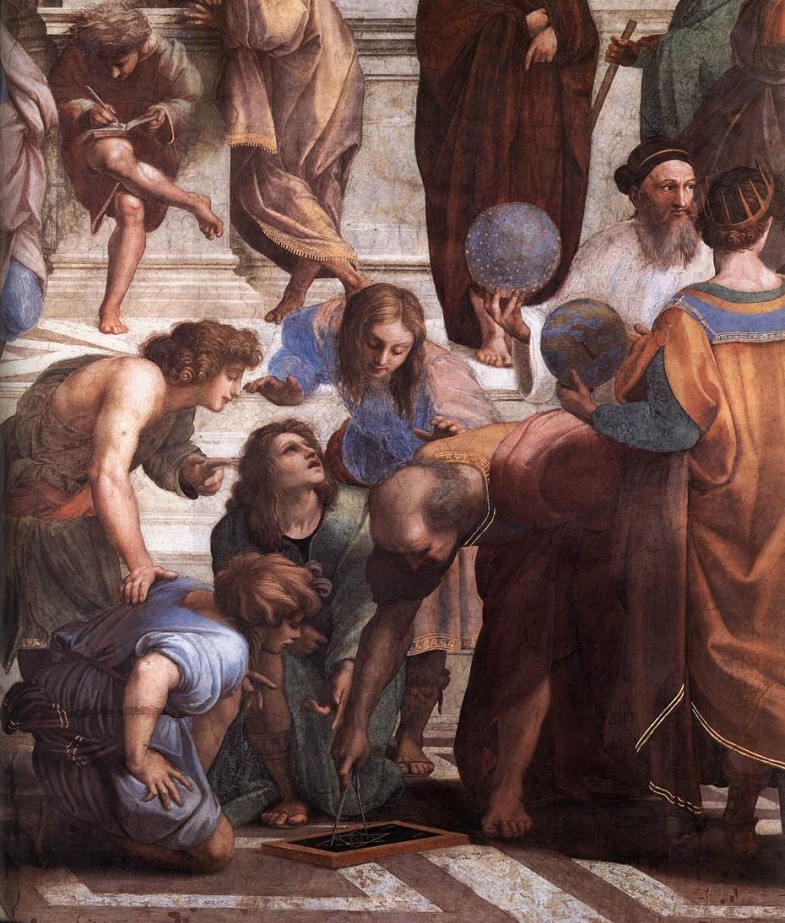
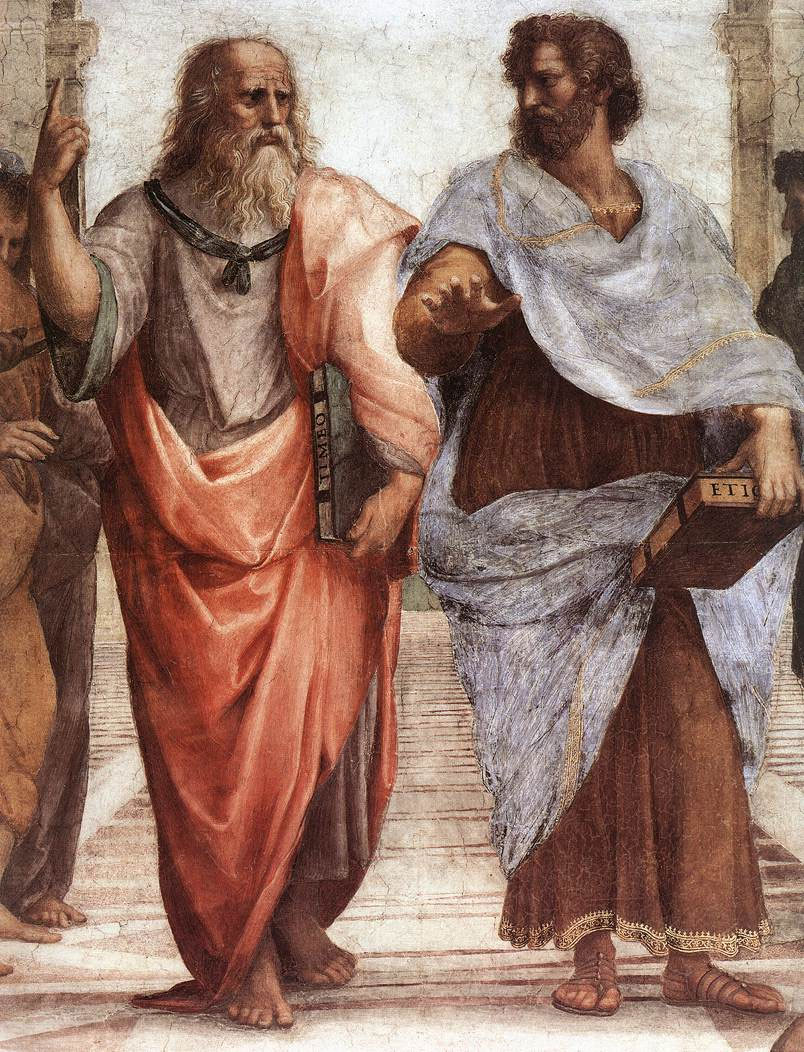
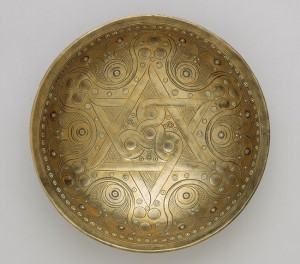
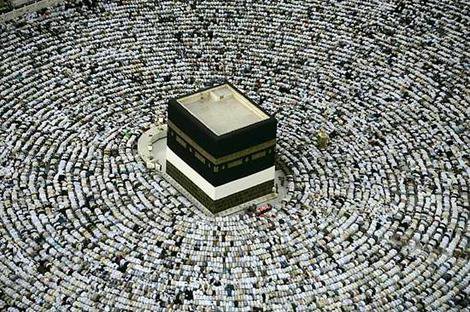
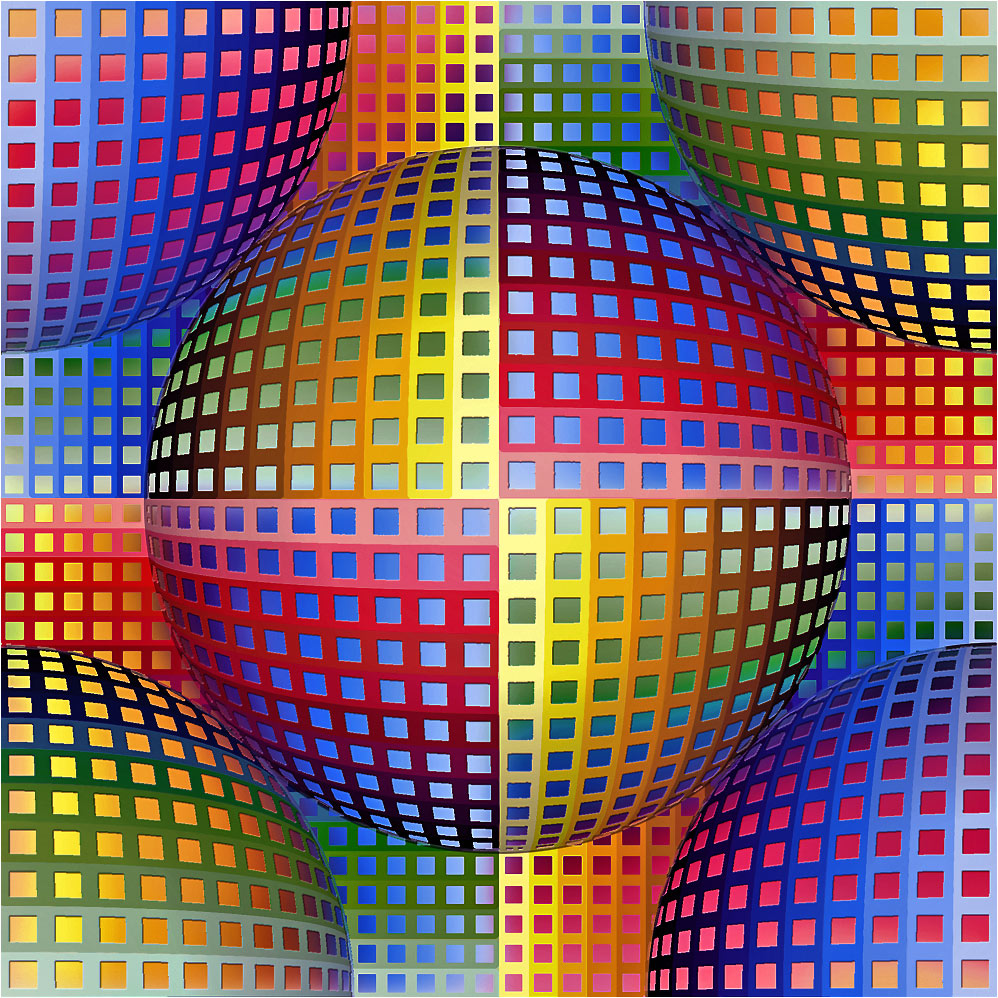
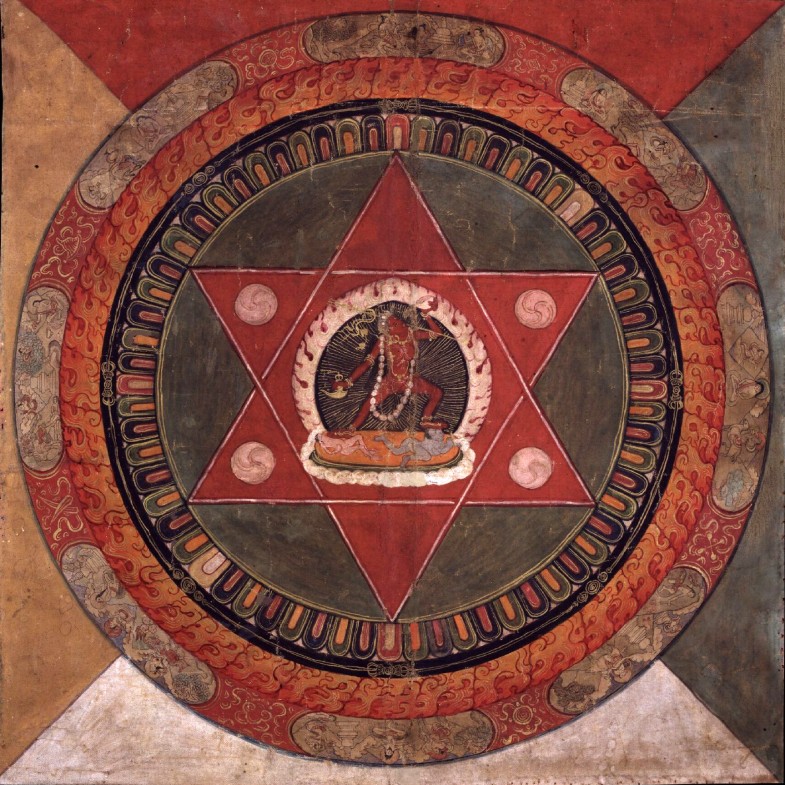
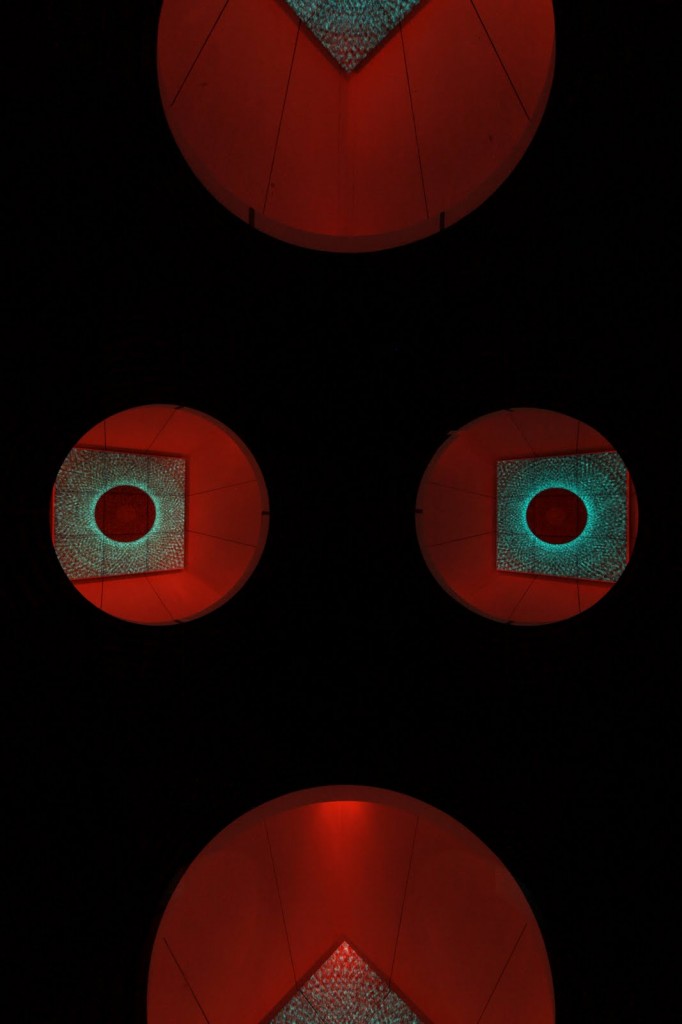
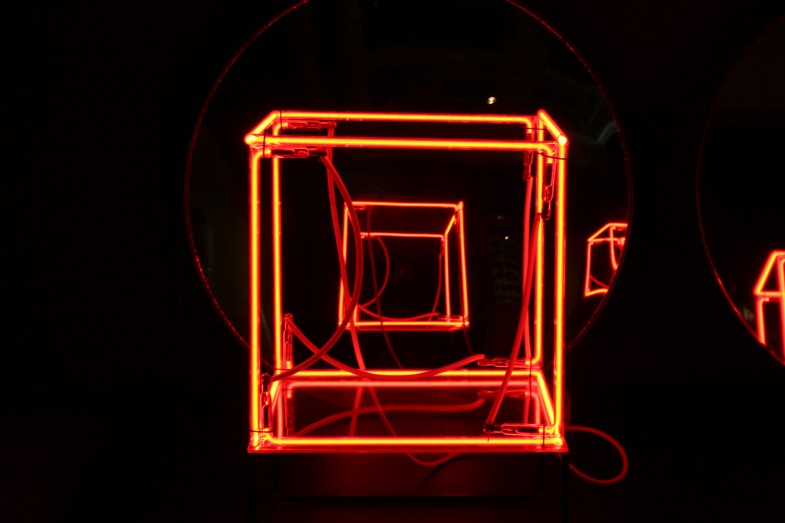
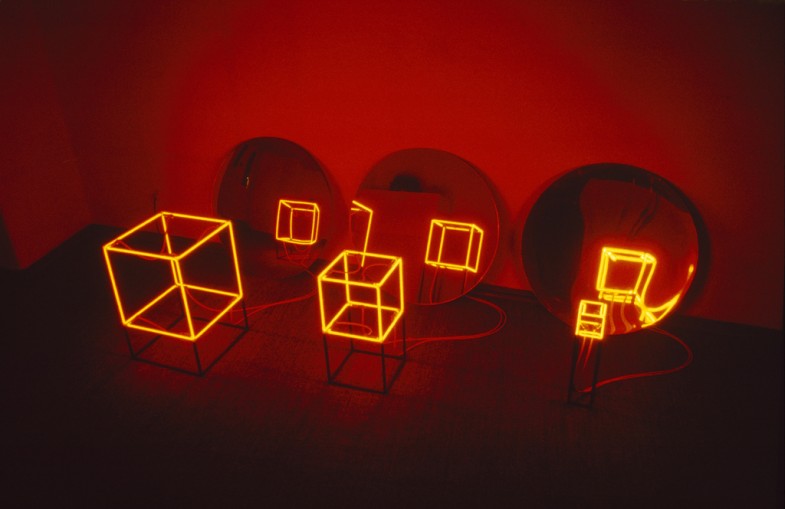
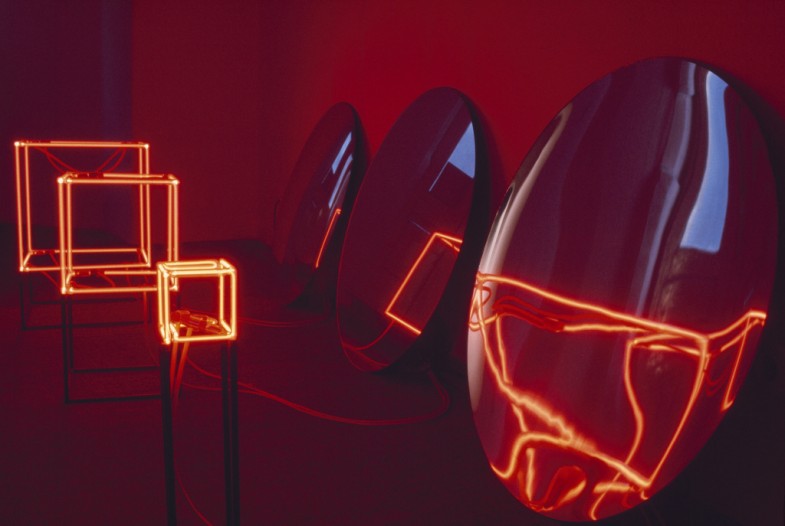

Discuss - 2 Comments
Would it be possible that artist’s inspiration draw pictures that match mathematical rules without intend to?
Not only is it possible, but more often than not it is the case. For example it is often incorrectly believed that Leonardo da Vinci used the Golden Ratio in many of his paintings. The only certainty we have is that he used it for the illustrations for Luca Paciolo’s “De Divina Proportionae”. There are no writings from LdV stating that he ever used knowingly the GR elsewhere. See for example
http://davidsenouf.com/wp-content/uploads/2012/01/Misconceptions-about-the-Golden-Ratio-George-Markowsky.pdf
One can however inscribe golden rectangles in many different ways, including in some of LdV’s most famous paintings.